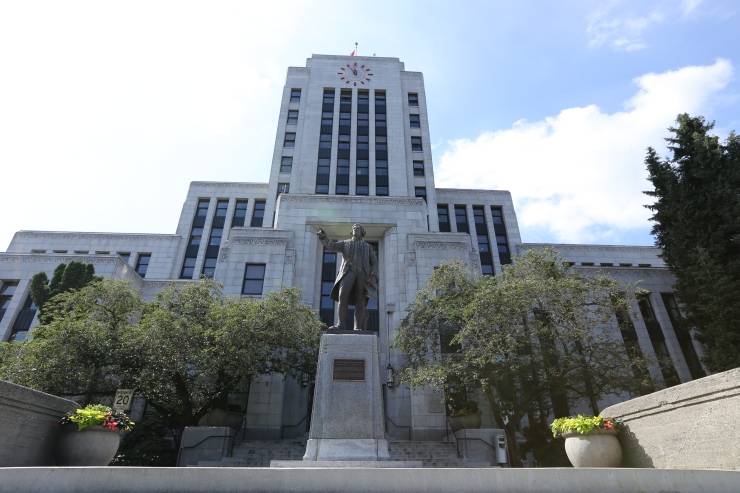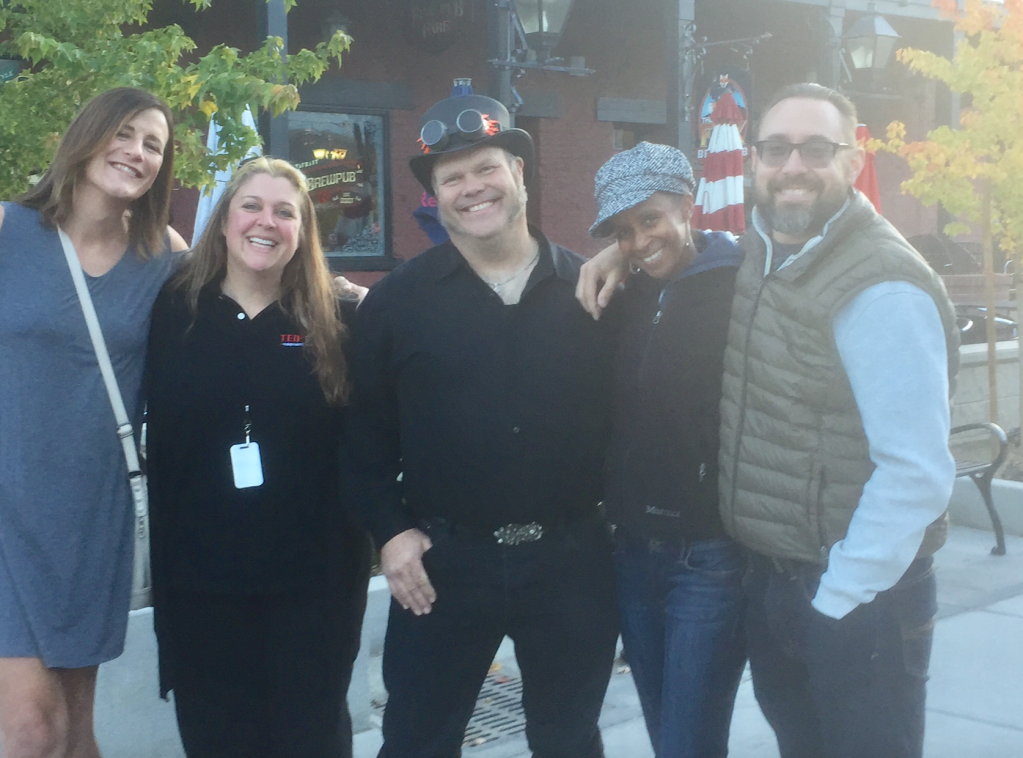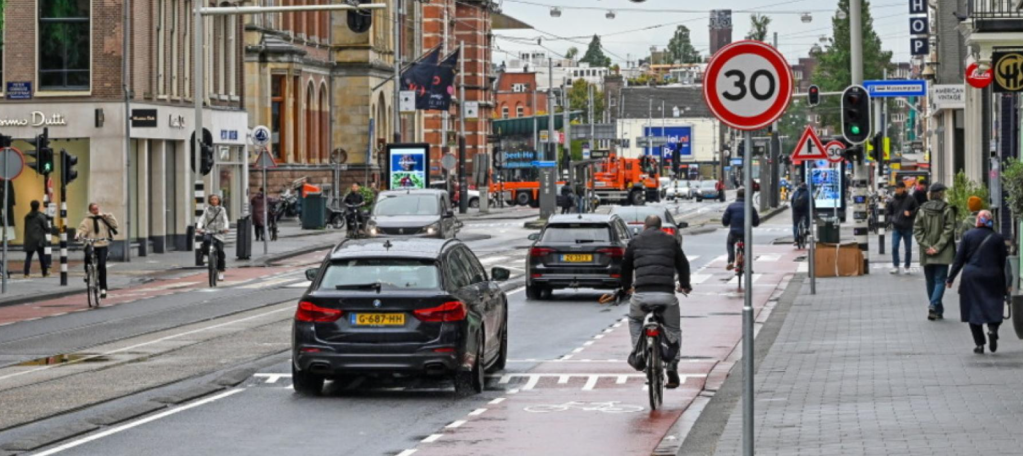
I have just returned from New York City where I spent a day with Mitchell Silver the Park Commissioner for New York City, and Julie Grimson, City Conversations Manager for the City of Sydney Australia. Mitchell is a renown city planner who was the planning director for the City of Raleigh and was formerly the head of the American Planning Association. He has a wonderful office in the historic Arsenal in Central Park. Robert Moses’ old office adjacent to Mitchell’s is now the board room for staff meetings.

Famed City Master Builder Robert Moses in his office in the Arsenal, Central Park, 1940’s

Mitchell Silver and Julie Grimson in what was Robert Moses’ “closet” in the Arsenal
One of the prime drivers of public space in New York City in Central Park and on the High Line has been the creation of conservancies or public “trusts” that bring in massive donations and bequests to fund the maintenance and improvement of public space. As Christopher Nolan who is the Chief Landscape Architect for Central Park notes, the challenge was incentivizing public space as something that people would leave money to, and to have people see it as important as endowing a building. Today 75 per cent of the funding for Central Parks’s 65 million dollar annual budget comes directly from the conservancy. The conservancy also undertakes all the basic care in the 845 acre park.

Chris Nolan, Chief Landscape Architect, Central Park Conservancy
The same approach in forming a conservancy has been taken by the “Friends of the High Line” originally formed by Joshua David and Robert Hammond. This group raised over 150 million dollars in private and public funds. The High Line was an old abandoned elevated train track that connected several warehouse buildings in the old meatpacking district. Today with an annual operating budget of $11.5 million, the Friends of the High Line maintain and run the daily operations at a cost of $5 million dollars a year.
The High Line is a surprise-it is an elevated wonderland of plants in a pastiche carefully designed and placed by master plantsman Piet Oudolf. The plants themselves are in soil that is only 16 inches deep. There are elevators that go up to the High Line for disabled access, and many volunteers gardening and counting plants along its 2.33 kilometer length. There is an amphitheatre, a water feature for children to play in, lots of public art discoveries, and plenty of people enjoying it. It is already one of the top attractions of things to do in New York City, with over seven million annual visits. Locals plan their own visits to the High Line around “peak times” on this elevated greenway. As Mitchell Silver notes, the amount of pedestrian traffic suggests that the walkway should have been wider. Cyclists and skateboarders are banned, and there are refreshment locations, benches, and lots of good people watching.

Mitchell Silver describes the High Line as the incubator for the rejuvenation and revitalization of the meatpacking district. The Google Corporation purchased the former Port Authority Building, a massive fifteen story building in this area in 2010 for their headquarters. The Google building has 2.9 million square feet (the size of two Tsawwassen Mills Malls) in its interior. There is now a hotel and the new Whitney Museum of American Art abutting the High Line. There is no doubt that the renewal of this elevated space has instigated new interest in the area.
Public Art installation on High Line by British Columbia Artist Sascha Braunig

NYC Park Commissioner Mitchell Silver, Julie Grimson, City of Sydney Australia, and Robert Hammond, Founder of the High Line. Robert is also one of the producers of “Citizen Jane”, the acclaimed documentary on Jane Jacobs.
Alex Washburn who was the Chief Urban Designer for New York City used to say candidly that if projects could be implemented in New York City with the tangle and complexity of public interests and municipal by-laws, that those projects could be considered in any other North American place too. And maybe with the experience of the New York City High Line and the new High Line like project in Seoul Korea called “Seoullo 7017” (which is reusing an old 1970’s elevated highway as a greenway to make the city more pedestrian friendly) we should be rethinking the potential use of the Vancouver Georgia Viaducts.
Perhaps reusing and readapting these urban engineering artifacts is a way to creatively rebirth new people places. New York has proven that their conservancy model works, not only in traditional landscaped parks, but in elevated engineering remnants of another urban age.
Observations on New York City, Central Park and the High Line
I have just returned from New York City where I spent a day with Mitchell Silver the Park Commissioner for New York City, and Julie Grimson, City Conversations Manager for the City of Sydney Australia. Mitchell is a renown city planner who was the planning director for the City of Raleigh and was formerly the…
5 responses to “Observations on New York City, Central Park and the High Line”
-
Yes, yes, yes – we need to rethink the demolition of the Georgia Viaducts!
To lose something like this and replace with condo towers is VERY short-sighted.
Where else can you find an opportunity to elevate from the street and enjoy the immense vistas of Vancouver?
Please, please – let’s speak up in favour of creative thinking to retain the viaducts – if traffic wants to be diverted, then at least for bikes and pedestrians!LikeLike
-
Indeed condo towers could be built immediately adjacent to it .. and an elevated greenway like the Arbutus Greenway or High Line in NY is indeed possible here too .. so these options ought to be evaluated in light of the enormous tear-down costs. Or is it too late for this now ?
LikeLike
-
The NEFC park plan clearly indicates that a portion of the Dunsmuir viaduct is being retained but sliced and narrowed to a more appropriate pedestrian-bike scale, and will land on an elevated path in the park. The Highline was the obvious influence.
The comparison of the existing viaducts to the Highline is so inaccurate it is comical. The viaducts are huge by comparison. The Highline is a narrow iron structure with a lot of historical, industrial architecture charm. It is also an elevated rail line versus two massive and ugly concrete freeway remnants that are orders of magnitude larger.
On a related topic, I am quite critical of the NEFC park plan, especially the cantilevered seawall sections that will create a huge void underneath and that will unnecessarily cramp the proposed gravel beach. I note that the illustrations purposely avoided showing the cantilevers from below — clearly a marketing strategy. Though the overall plan is imperfect, it still works specifically because it removes 85% of the overpowering viaduct structures that created dark, derelict land underneath for almost a half century.LikeLike
-
-
The High Line is a victim of its own success. The first time I went, just after opening, was a nice relaxed way to see Manhattan from a different angle. The last time, this year, it was a crowded herd moving along a too-narrow pathway.
I’m also a bit disappointed in the plantings. Nothing’s particularly memorable, and nothing is interpreted.LikeLike
-

[…] This year I visited two of the great urban reuses of existing transportation infrastructure with local designers and creators~the High Line in New York City which was originally a New York Central Railway 1934 spur and the Seoullo 17, the Sky Garden built upon the 1970 Seoul Station Highway Overpass in South Korea. The High Line is 2.33 kilometers long and 30 feet above the ground, and has become an elevated greenway and popular people place. A recent visit was described in this Price Tags post. […]
LikeLike





Leave a comment